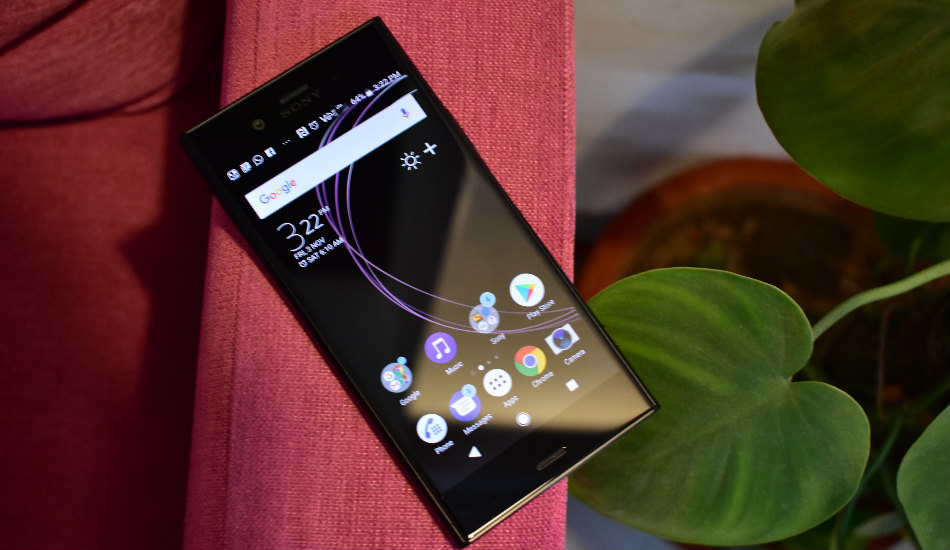Sony is one of those few brands present in the market that launch their flagship device with the latest Android Oreo update. The company announced its latest flagship device, the Xperia XZ1, with Android Oreo at a price tag of Rs 44,990.
However, the latest update is not the only thing one look in a flagship device, so the brand has added improved camera along with latest hardware and software to compete with the likes of Samsung, LG and more. But will it be able to bring the brand from back foot to front? Let’s find out.
What is good in Xperia XZ1!
Starting with plus points first, the device bears a 5.2-inch Full HD HDR display with a screen resolution of 1920 x 1080 pixels along with X-Reality for mobile, Trilumious display and Corning Gorilla Glass 5 protection. The display does deliver some good display output with colours being sharp and viewing angles were great as well. The High Dynamic Range (HDR) improves colour and contrast, which makes it a pretty good experience while watching HDR content on the phone. The outdoor visibility is good and one can also choose to select between three different colour modes including professional, standard and super-vivid that alter screen’s colour gamut and contrast.
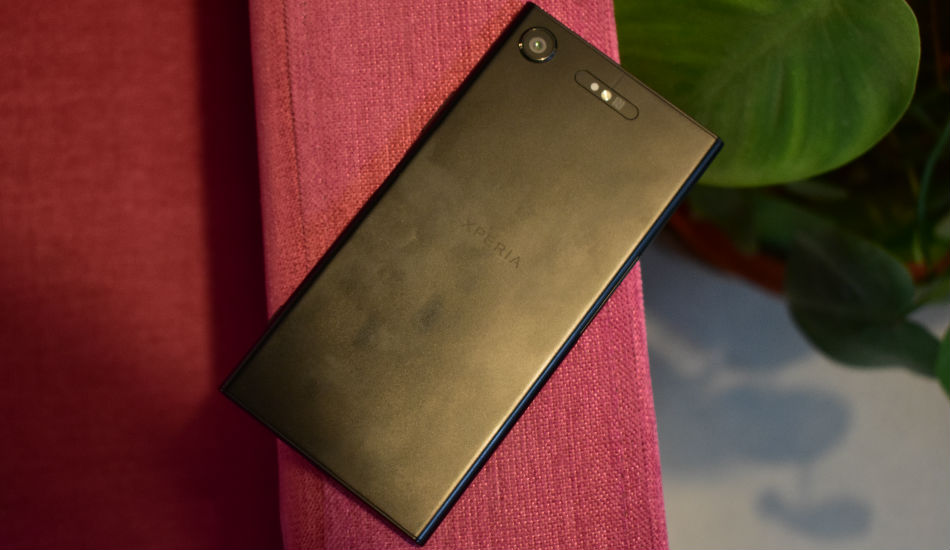
The performance of the device is quite top-notch and you can thank the Qualcomm Snapdragon 835 Processor along with 4GB of RAM for that. The phone is backed by a 64GB of RAM, which is expandable in nature. That said, the performance was pretty smooth and we didn’t face any lag when it comes to performing daily tasks and multi-tasking. Coming to gaming, the phone handles most of the casual games and heavy-duty games like Need For Speed: No Limits, Asphalt 8: Airborne and more pretty smoothly.
The major highlight of the camera is the 19-megapixel Motion eye camera along with memory-stacked Exmor RS image sensor, which the company claims can record super slow motion videos at 960 frames per second. The camera has not followed the dual cameras trend and neither it has opted for the famous bokeh effect or portrait mode. But the brand has included a new 3D Creator app, which basically allows creating a 3D scan of the objects and faces. However, it takes time to get used to it, but once you understand the whole process, you can scan a head, food or can simply perform a free-form scan. Scanning in low light condition does not deliver good results though. One can print the 3D scans or can share it on social media platforms.
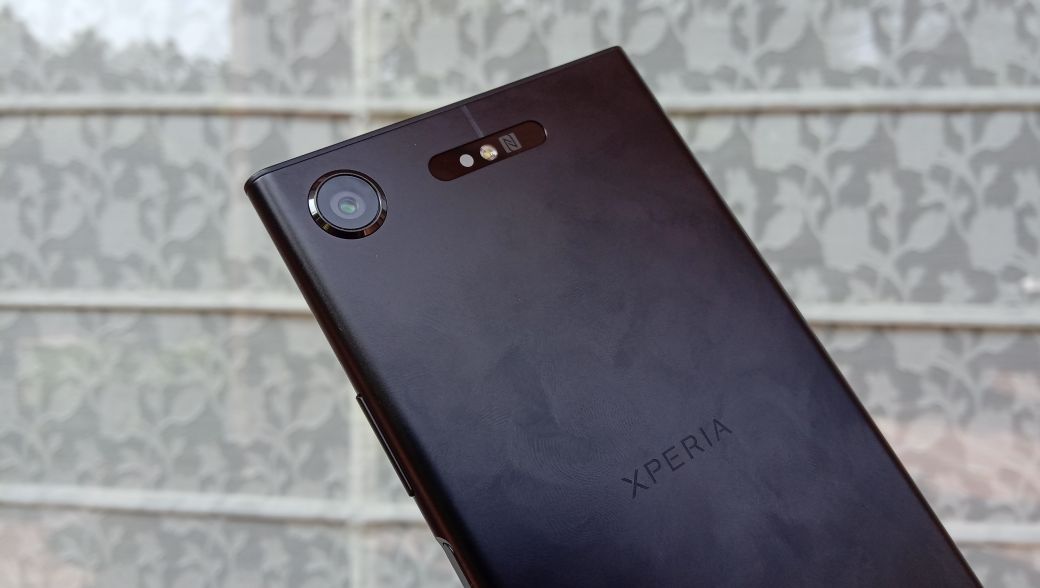
Coming to the camera performance, the device does a pretty good job in broad daylight condition where the colour reproduction is close to the source and sharpness is right on point. The front-facing camera does a decent job as well and you get clear selfies in well-lit condition.
The device runs on the latest Android 8.0 Oreo, making it the first smartphone come shipped with the latest Android version. The user interface is quite light in use and you get different accessibility features which come handy, especially when you want to search an application. The Oreo update also means that you use the picture-in-picture mode and other Oreo features, which is a welcome move. However, the user interface does come with some noticeable amount of bloatware.
What is not good on Xperia XZ1!
At a time when most of the brands have shifted to sleek and new design trend, Sony is still stuck with older design language. We have smartphones like the Samsung Galaxy S8, Apple iPhone X and even the Google Pixel 2 XL that came up with a new design and display, but this one looks like an underdog. To be frank, the device does not look like a 2017 phone and it is high time that the company should move to a new design language to keep up with the rest of the competition.
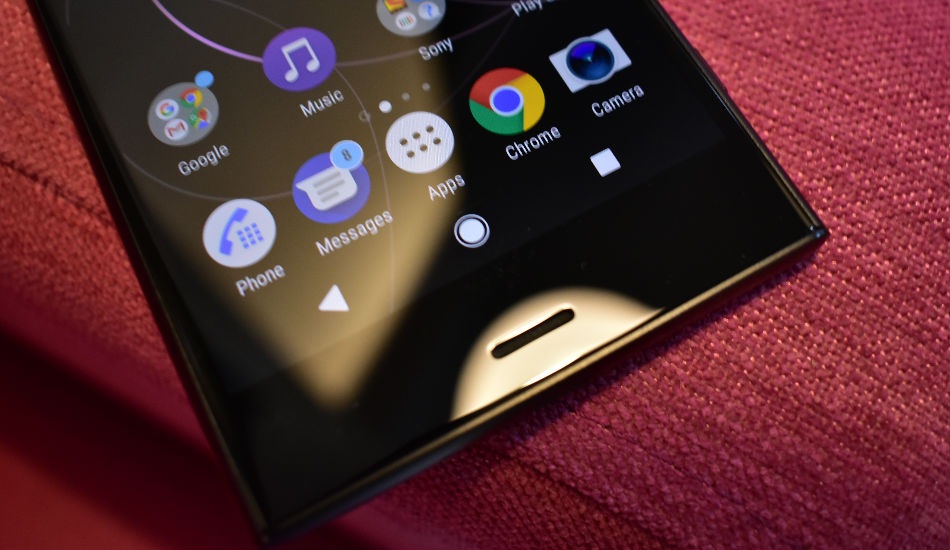
Coming to the display again, Sony misses the newest trend of 18:9 tall display. The smartphone manufacturers are heavily investing in the new display trend, and yet again the phone is left out in this race to keep with other flagship devices.
Another thing which we didn’t like about the flagship device is the 960 FPS video recording. There is a certain loss of quality when you recording the video at such high frame rate and sadly, the sensor is not able to cope up to provide the required setting for the high frame rate, which results in videos coming out to be grainy and full of noises.
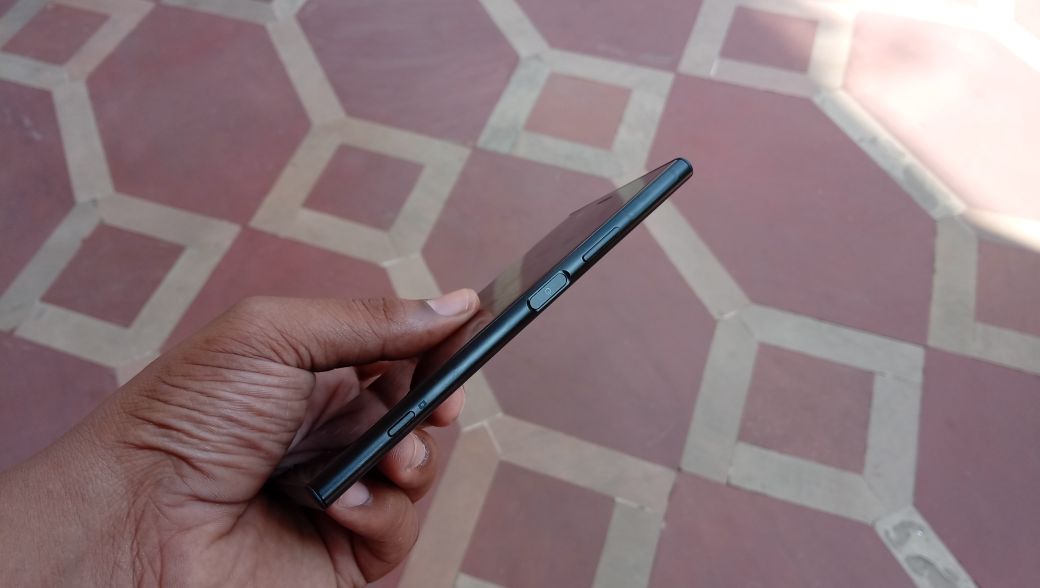
Coming to the battery part, the device runs 2700mAh battery with Qnovo Adaptive charging and Quick Charge 3.0. The performance of the battery is not up to the mark. It lasts almost full day under normal usage, which includes using social media, calling, browsing, streaming and playing games for a few minutes during the charge cycle. But when you stretch it, it dies in halfway. There is Quick Charge 3.0, which is a good move, but the Stamina mode and battery care do give some exaggerated figures when it comes to predicting the time the battery will last, which is confusing most of the times.


